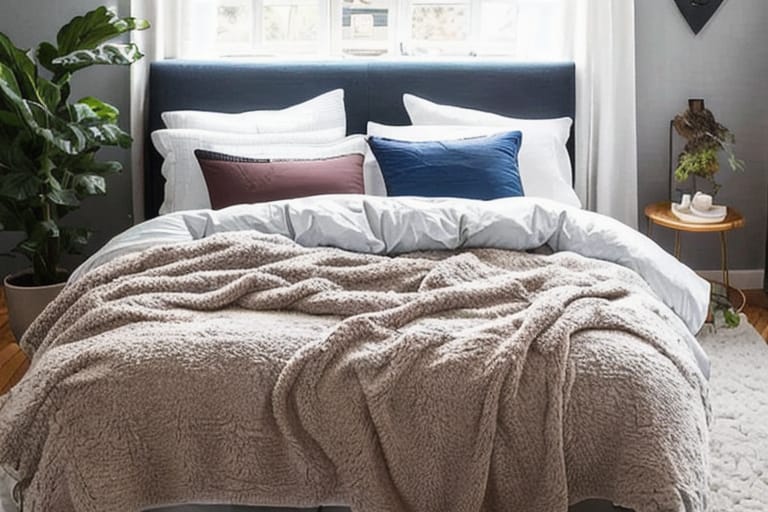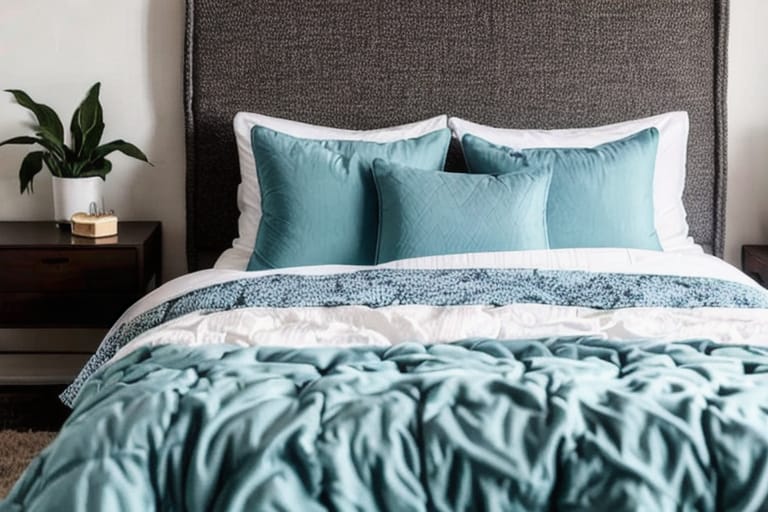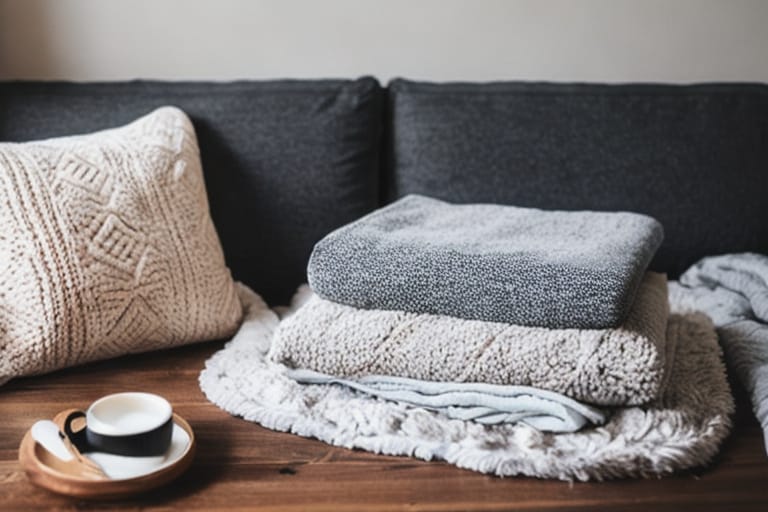For many people, nothing beats the lightweight warmth and plush comfort of a down-filled comforter. The fluffy fill makes for a luxurious night’s sleep. But over the past few years, ethical down and animal welfare have become pressing consumer concerns.
So how can you enjoy the unbeatable warmth and softness of a down comforter without contributing to cruelty and exploitation? The key is sourcing responsibly produced, ethically certified down.
This beginner’s guide will teach you everything you need to know to make informed, ethical choices when shopping for down bedding. You’ll learn:
- The controversy around down production
- What “ethical down” really means
- How to decode down certifications and labels
- Best practices for sourcing sustainable down comforters
- Expert tips for evaluating brands and products
Let’s get cozy with the facts on ethical down!
What Is Down and How Are Down Comforters Made?
Before weighing ethical considerations, it helps to understand what down is and how it ends up in our comforters.
All About Down as a Fill Material
Down refers to the layer of fine, fluffy feathers found underneath the tougher exterior feathers of ducks and geese. This superior insulation is what keeps birds warm and dry.
For bedding, manufacturers use primarily goose and duck down. Goose down is generally larger and more desirable:
- Goose down clusters is larger, trapping more insulating air.
- Geese produce more down per bird over their lifetime.
- Goose down is more resilient, maintaining loft and warmth longer.
But properly sourced duck down also makes an excellent fill material.
How Down Comforters Are Constructed
Down comforters consist of an outer fabric shell packed with down filling. They are usually one of two constructions:
- Sewn-through: Down compartments sewn together across the surface. Less loft, prone to shifting.
- Baffle box: Down contained in fabric boxes with sewn side walls. Maximizes loft.
Higher-end down comforters typically feature baffle box construction to prevent filling from clumping or shifting.
The Controversy Around Down Production
Now that we know what down is, why does sourcing it ethically matter? In traditional production methods, great cruelty can occur.
Unethical practices that still persist include:
- Live-plucking: Ripping feathers out of live birds causes intense pain, injury, and stress.
- Force-feeding: Overfeeding ducks and geese to fatten their livers for foie gras is incredibly inhumane.
Thankfully, consumer awareness and industry improvements are moving the needle toward more ethical down.

Introducing RDS Certification: The Gold Standard for Ethical Down
So how can conscientious consumers find cruelty-free down comforters? Independent third-party certification programs track down through every step of the complex global supply chain, from hatchery to manufacturer, ensuring brand claims.
The highest certification for humane and sustainable down is the Responsible Down Standard (RDS). Monitoring by accredited auditors covers:
- No Live-Plucking or Force-Feeding
- Freedom to Express Natural Behaviors
- Supply Chain Transparency and Traceability
This rigorous, regular inspection process means RDS down is 100% ethical. Brands selling RDS products also commit to supporting continuous improvement across the down industry.
Decoding Down Certifications, Standards and Claims
With so many labels related to material sourcing ethics, it can get confusing for consumers. Here’s your cheat sheet:
Focus on the respected independent certifications like RDS. Brand-specific claims are less trustworthy.
Whenever possible, look for objective evidence like actual certification numbers on tags. Resources like Track My Down take certification validation even further with lot traceability.
Best Practices For Sourcing Sustainable Down Comforters
You want to curl up under a cloud-like down comforter…but only if it came from humanely treated birds! Here are smart shopping guidelines you can follow:
1. Seek out RDS certification – This rigorous standard aligns with animal welfare values.
2. Support traceable down – Third-party validation builds trust and accountability.
3. Choose enduring designs – Opt for quality construction that extends usable life.
4. Research brands – Look into sourcing policies and practices.
You vote for better standards through every purchase decision!
Reviews of Top Ethical Down Comforters
Still overwhelmed trying to pick from the options? Here are two excellent RDS certified down comforters that allow you to rest easy:
Luxurious Hotel Collection
- Fill: Premium 700 fill RDS-certified European white down
- Construction: Baffle box
Impossibly plush yet lightweight. Achieves DreamCloud-like comfort for a restful sleep.
affordable basicsTM Essential Down Comforter
- Fill: 650 fill RDS-certified down
- Construction: Sewn-through channels
Great value basic with impressive warmth-to-weight ratio. Easy care.

Wrapping Up: Going Forward with Ethical Down
The bottom line? With the right certifications and consumer involvement, down comforters and ethical standards CAN coexist beautifully.
We covered everything from production controversies to product recommendations. I hope this guide gives you confidence to make purchases aligned with your values.
Companies will continue improving welfare practices as consumers demand it. But for now, following the sourcing best practices outlined will ensure only cruelty-free down fills your favorite fluffy blanket.
Frequently Asked Questions About Ethical Down Comforters
Here are answers to some of the most common questions about responsibly sourced down bedding.
Q: Why does it matter if down is ethically produced?
A: Unethical practices like live-plucking and force-feeding are extremely cruel. Ensuring high standards for animal welfare should matter to all caring consumers.
Q: Are ethically sourced down comforters expensive?
A: Prices vary. But with the right certifications in place across the supply chain, costs related to improved animal welfare are reasonable. Shop smart options like direct-to-consumer brands for affordable ethical down.
Q: How do I decode all the different down labels and claims?
A: Focus on respected third-party certification like RDS (Responsible Down Standard). Be wary of brands making vague claims without evidence. For full transparency, traceable verification like the Track My Down program is ideal.
Q: What’s the difference between geese and duck down?
A: Goose down generally has preferable properties for insulation including larger clusters that trap more loft. But properly sourced duck down can also make an excellent warmth-to-weight fill.
Q: How long should my ethical down comforter last? A: With a good quality shell fabric, baffle box construction, and proper maintenance like fluffing, an RDS certified down comforter should provide warmth and comfort for at least 10 years or more before needing to be replaced. So your values-based purchase should have longevity.








